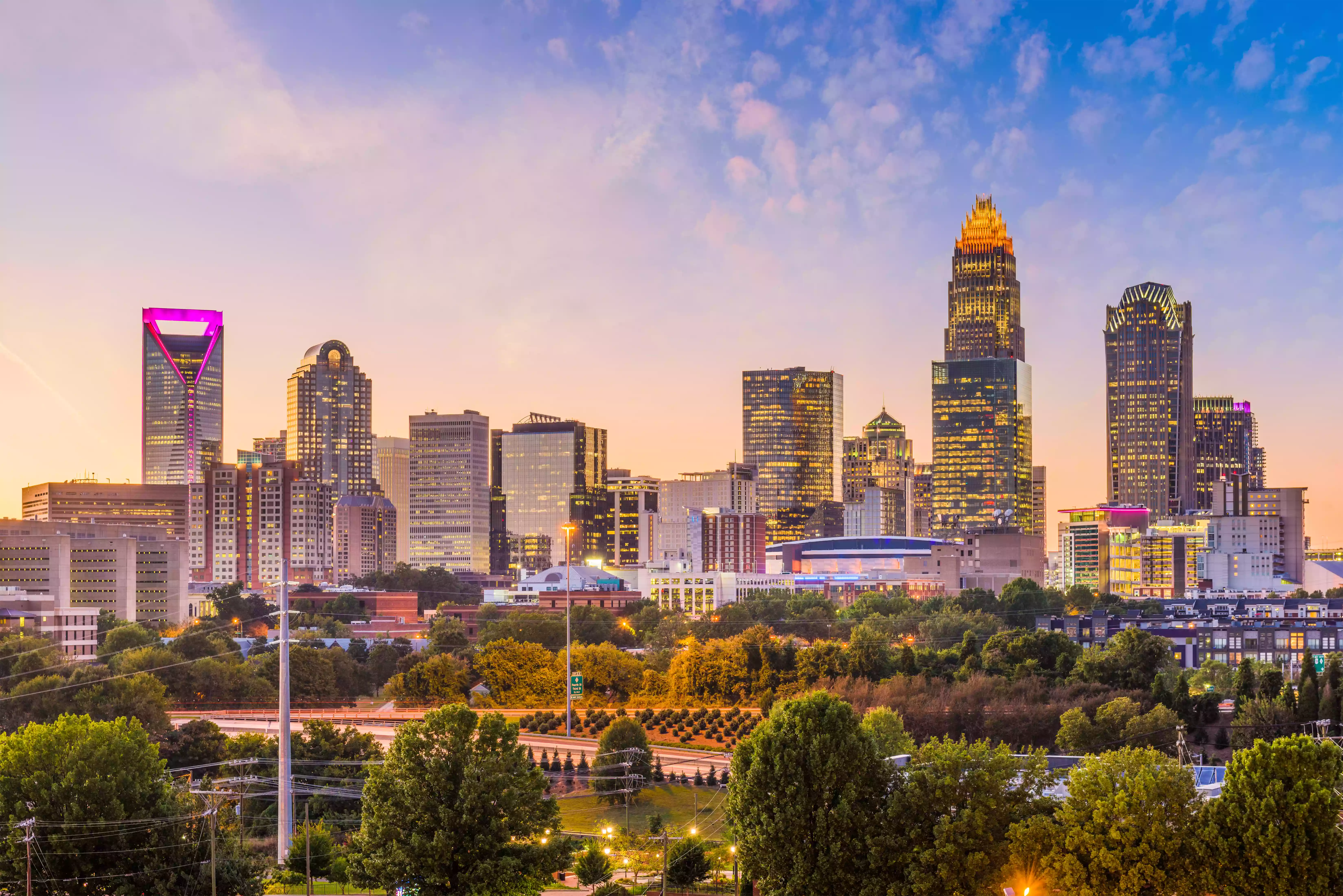Navigating Visa Requirements for the USA: A Comprehensive Guide
Morgan Wiggins
Apr08,2023 • 4 min read

P
lanning a trip to the United States can be an exciting experience, but understanding the visa requirements is a crucial step in the process. This article aims to provide a comprehensive guide on the different types of U.S. visas, the Visa Waiver Program, visitor visas for business and tourism, the application process, and the necessary documentation. With this knowledge, you'll be better prepared to navigate the U.S. visa system and ensure a smooth journey to the land of opportunities.
Types of U.S. Visas: Nonimmigrant and Immigrant
There are two main categories of U.S. visas: nonimmigrant and immigrant. Nonimmigrant visas are for temporary stays, such as tourism, business, study, or temporary work. Some common nonimmigrant visas include B-1, B-2, F-1, and H-1B. Immigrant visas, on the other hand, are for those seeking permanent residence in the United States. These include family-sponsored visas, employment-based visas, and diversity visas. The type of visa you need depends on the purpose of your visit and the length of your stay.
Visa Waiver Program (VWP): Eligible Countries and Requirements
The Visa Waiver Program (VWP) allows citizens of certain countries to travel to the United States for tourism or business without a visa for stays of 90 days or less. To be eligible, travelers must be a citizen of one of the 39 participating countries, possess a valid Electronic System for Travel Authorization (ESTA), and have a valid e-passport. The VWP is designed for short-term visits, and those who wish to work or study in the U.S. must apply for the appropriate visa.
B-1/B-2 Visitor Visas: Business and Tourism
The B-1 and B-2 visitor visas are nonimmigrant visas for individuals traveling to the United States for business (B-1) or tourism (B-2). These visas allow for short-term stays, usually up to six months, although extensions may be granted in certain circumstances. B-1 visas are typically granted to individuals attending conferences, meetings, or negotiating contracts, while B-2 visas are for those visiting family, and friends, or exploring the country as tourists. It's important to note that these visas do not permit employment or long-term study in the U.S.
Visa Application Process: Form DS-160, Interviews, and Fees
The visa application process starts with completing the Online Nonimmigrant Visa Application (Form DS-160). Applicants must provide accurate information about their details, travel plans, and purpose of visit. After submitting the form, an interview will be scheduled at the nearest U.S. Embassy or Consulate. Applicants must bring their DS-160 confirmation page, a passport-sized photo, and a valid passport to the interview. There is a non-refundable visa application fee, which varies depending on the type of visa.
Required Visa Documentation: Passport, Photos, and Supporting Materials
To apply for a U.S. visa, applicants must provide specific documents. These include a valid passport, two recent passport-sized photographs, and supporting materials such as the DS-160 application form, proof of payment of visa fees, and documentation showing the purpose of the trip (e.g., work, study, or tourism). Additional materials may be required depending on the type of visa, such as transcripts for student visas or job offers for work visas.
Visa Denials and Ineligibilities: Common Reasons and Remedies
Visa applications can be denied for many reasons, including insufficient documentation, security concerns, or ineligibility under immigration law. Common reasons for denial include past immigration violations, criminal convictions, or misrepresentation on the application. Applicants can remedy some denials by providing additional documentation or seeking a waiver for specific ineligibilities.
Visa Validity and Duration: Entry, Extension, and Renewal
Visa validity refers to the period during which a visa holder can enter the United States, while duration refers to the length of time they can stay. These are determined by the visa category and individual circumstances. Extensions or renewals may be possible for certain visa types, but applicants must file the appropriate forms with U.S. Citizenship and Immigration Services (USCIS) before their current status expires.
Adjustment of Status: Transitioning to Permanent Residence
Adjustment of status is the process through which certain non-immigrant visa holders can become permanent residents (green card holders). Eligible applicants typically include those who have family or employment sponsorship, asylum seekers, and diversity lottery, winners. To apply for adjustment of status, applicants must file Form I-485 with USCIS and provide supporting documentation.
Maintaining Visa Status: Compliance and Consequences of Overstaying
Visa holders must adhere to the terms of their visa, such as reporting to school or work as required, refraining from unauthorized employment, and leaving the U.S. before their authorized stay expires. Overstaying or violating visa terms can result in deportation, denial of future visa applications, or even a ban on re-entering the United States.
U.S. Visa Policy Changes: Recent Updates and Future Trends
U.S. visa policies change frequently, often due to political or economic factors. Recent updates have included increased scrutiny of certain visa categories, revised guidelines for interviews and biometrics, and modifications to eligibility requirements. Applicants need to stay informed about policy changes, as these can impact their chances of obtaining a visa or maintaining their current status. Keeping up to date with official sources, such as the U.S. Department of State or USCIS, is the best way to ensure accurate and timely information.

